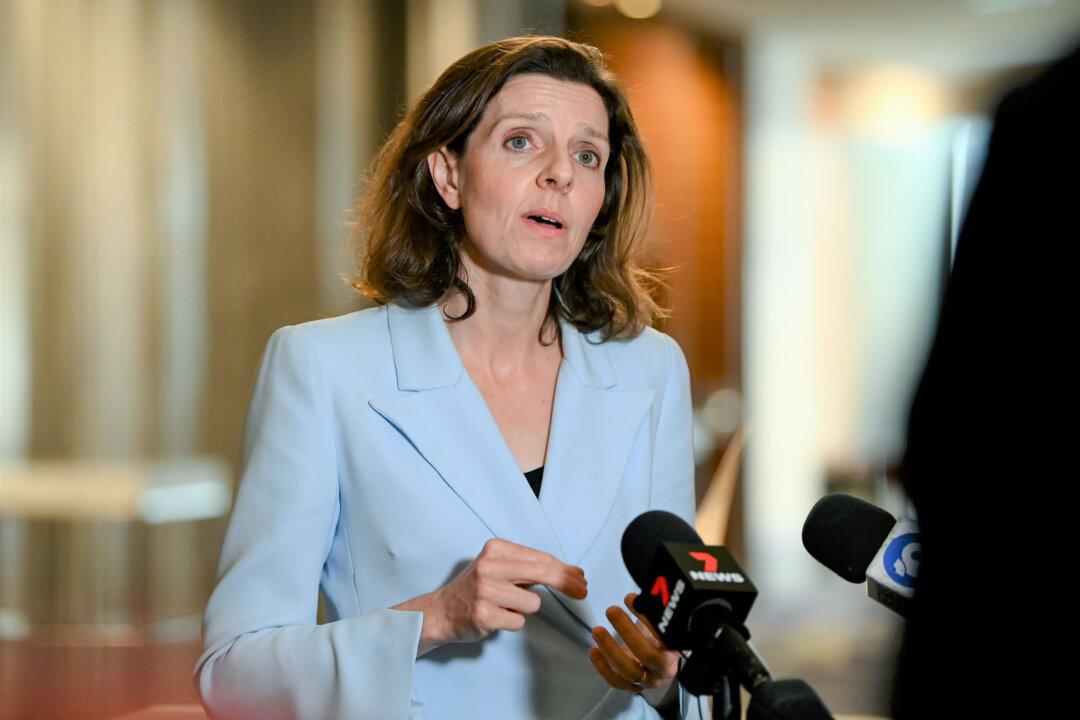New Zealand’s prime minister has vowed to double defence spending but hasn’t yet indicated how quickly this will occur.
Currently around 1 percent of GDP goes to the New Zealand Defence Force (NZDF) and Department of Defence, and Christopher Luxon told RNZ he wants to see that figure “as close to 2 percent as we possibly can”—generally the accepted benchmark.
“We know that’s the pathway we want to get to,” he said, but the speed at which the country travels that path would only be revealed at some time in the future, via the Defence Capability Plan.
The plan is a document Defence Minister Judith Collins says is still many months away from release. It will set priorities, including spending, for the next 15 to 20 years.
New Zealand currently has the lowest defence spending, proportionately, of any of the Five Eyes countries, a group which also includes the UK, the United States, Australia, and Canada.

In response to pressure from President Trump, Canada earlier this month pledged to accelerate its spending to 2 percent in two years rather than its earlier plan of five.
PM Wants NZ to be ‘Respected Around the World’
Luxon says that as the government puts more money in, he wants to make sure that “we’ve got a really good strategy, and part of that is making sure that we’re very inter-operable with Australia, for example; that we’ve got some real capability, that we’re respected around the world.”The country’s defence spending has been steadily declining since the 1960s, with a brief upswing in the early 80s.

New Zealand’s Downsized Military
The Royal NZ Airforce (RNZAF) has no fighter jets after the government of the day made a decision to scrap its aging Skyhawks and not replace them in 2001.It now operates only transport aircraft, various helicopters, and a Boeing P-8A Poseidon, used for aerial surveillance, search and rescue, and natural disaster support. Pilots are trained in small Beechcraft T-6C Texan IIs, a single-engine propeller plane.
The Royal NZ Navy (RNZN) fares a little better, with eight ships in its fleet, some with weaponry, though only two are frigates while four are classed as inshore or offshore patrol vessels.
The frigates and offshore patrol vessels are earmarked for replacement in 2030, meaning the government faces a large capital expense which will only maintain the status quo.
In 2022 the Defence Ministry issued a request for information to replace nearly the entire naval fleet, saying that “rather than taking a ‘like for like’ approach to replacement, there is a unique opportunity to consider alternative fleet configurations, alternative ways to operate, and alternative approaches to support the fleet in the upcoming Defence Capability Plan.”
Funding Boosts, But Also Cuts
Last year the government announced a $571 million boost to defence spending over the following four years, which came on top of a near $750 million increase announced by Labour the year before.But this is set against a government instruction to the entire public sector to slash $1.5 billion annually. The Ministry of Defence has to find 7.5 percent in savings, while the Defence Force has been told to implement savings of 6.5 percent.
Chief of the Defence Force Air Marshal Kevin Short said he had presented the potential impact of a 6.5 percent cut to Minister Collins.
“To absorb more than what I call the trimming ... from administration, travel, contractors, that sort of thing ... we start to get into not doing maintenance on infrastructure, not doing maintenance on our major platforms,” he warned.
To go further, Short said, the Defence Force would have to “divest ourselves of capability.”
“New Zealand’s strategic isolation is becoming less apparent amid cyber attacks on the parliament in Wellington, great-power competition in Antarctica, and acceptance that the country’s trade routes are exposed,” he says.
“Global conflicts feature on Kiwis’ screens daily, showing that the world is a more dangerous place and that foreign policy must change. It’s understood that stepping up will come at a cost.”






